
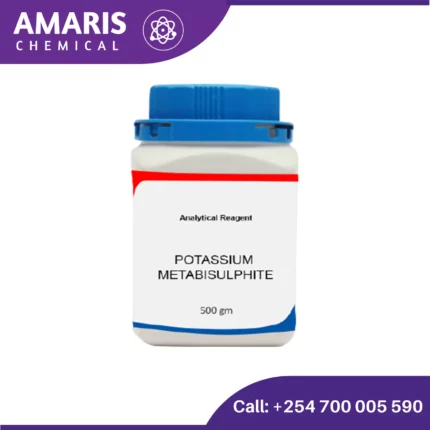
Potassium Carbonate 500gm
$1,870.00 Original price was: $1,870.00.$1,700.00Current price is: $1,700.00.
Potassium carbonate (K₂CO₃) is an inorganic compound commonly referred to as potash. It is a white salt, soluble in water, which forms a strongly alkaline solution. Here are some details about potassium carbonate:
Properties
- Chemical Formula: K₂CO₃
- Molar Mass: 138.205 g/mol
- Appearance: White, hygroscopic powder
- Density: 2.43 g/cm³
- Melting Point: 891 °C (sublimes)
- Solubility in Water: Highly soluble (110 g/100 mL )
Uses of Potassium Carbonate
1. Buffering Agent
Potassium carbonate is used to prepare buffer solutions that help maintain a stable pH during chemical reactions and analytical procedures.
2. Drying Agent
It acts as a drying agent for certain solvents, particularly organic solvents. Potassium carbonate is often used to remove water from solvents such as ethanol, acetone, and other alcohols because it does not dissolve in them and effectively absorbs moisture.
3. Base in Chemical Reactions
Potassium carbonate serves as a mild base in organic synthesis. It is employed in reactions where a strong base might cause undesirable side reactions. Examples include:
- Deprotonation Reactions: Removing acidic hydrogen atoms from molecules.
- Esterification and Transesterification: Facilitating the formation of esters from acids and alcohols.
4. Preparation of Other Compounds
It is used in the synthesis of other potassium salts and compounds. For example, it can be used to prepare potassium bicarbonate (KHCO₃) by reacting with carbon dioxide.
5. Titration
In acid-base titrations, potassium carbonate can be used as a standard base. Its known concentration helps determine the concentration of acidic solutions.
6. Catalyst
Potassium carbonate is used as a catalyst or a co-catalyst in various chemical reactions, especially in organic synthesis and polymerization processes.
7. Reagent in Analytical Chemistry
It is used in qualitative and quantitative analysis. For instance:
- Detection of Metals: Potassium carbonate is used in the fusion of ores and minerals to detect and quantify metals such as aluminum, chromium, and lead.
- Sample Preparation: It is involved in the preparation of samples for instrumental analysis, like atomic absorption spectroscopy (AAS) or inductively coupled plasma (ICP) analysis.
8. Precipitation Reactions
Potassium carbonate is used to precipitate certain compounds from solutions. For example, it can precipitate calcium carbonate (CaCO₃) from a solution containing calcium ions.
9. Removal of Carbon Dioxide
It can be used to scrub carbon dioxide (CO₂) from gas mixtures in laboratory experiments.
MAECENAS IACULIS
Vestibulum curae torquent diam diam commodo parturient penatibus nunc dui adipiscing convallis bulum parturient suspendisse parturient a.Parturient in parturient scelerisque nibh lectus quam a natoque adipiscing a vestibulum hendrerit et pharetra fames nunc natoque dui.
ADIPISCING CONVALLIS BULUM
- Vestibulum penatibus nunc dui adipiscing convallis bulum parturient suspendisse.
- Abitur parturient praesent lectus quam a natoque adipiscing a vestibulum hendre.
- Diam parturient dictumst parturient scelerisque nibh lectus.
Scelerisque adipiscing bibendum sem vestibulum et in a a a purus lectus faucibus lobortis tincidunt purus lectus nisl class eros.Condimentum a et ullamcorper dictumst mus et tristique elementum nam inceptos hac parturient scelerisque vestibulum amet elit ut volutpat.
Related products
Acetaldehyde
- Chemical Structure: Acetaldehyde consists of two carbon atoms, one oxygen atom, and four hydrogen atoms. Its structure is CH3CHO, where the carbon atom in the middle is doubly bonded to an oxygen atom and singly bonded to a hydrogen atom and a methyl group (CH3).
- Occurrence: Acetaldehyde can be found naturally in various ripe fruits, coffee, and heated milk. It is also produced by the oxidation of ethanol (alcohol) by enzymes in the liver and other tissues in humans, making it an intermediate product in alcohol metabolism.

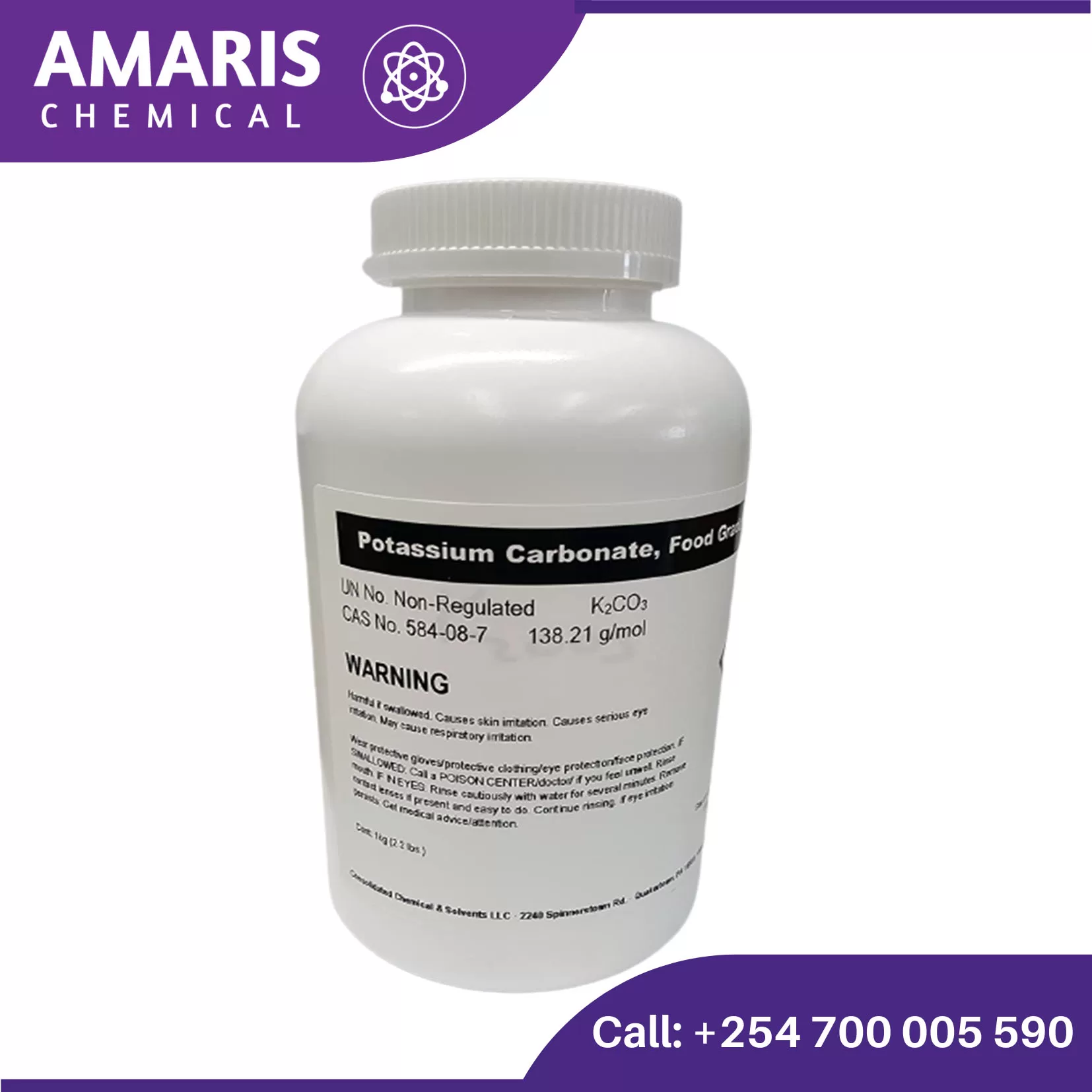
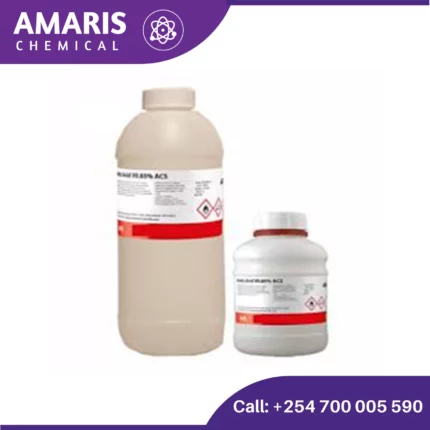
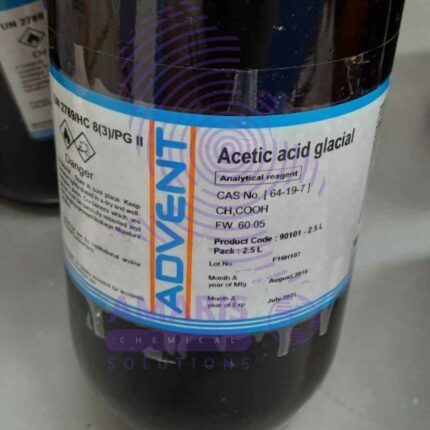
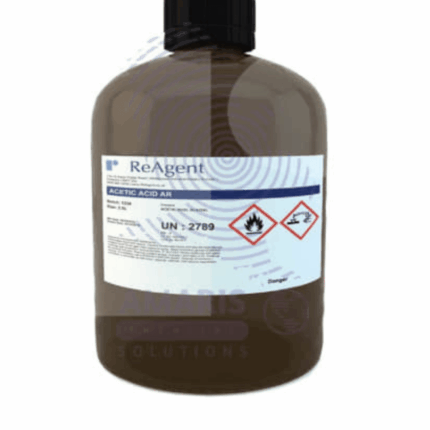
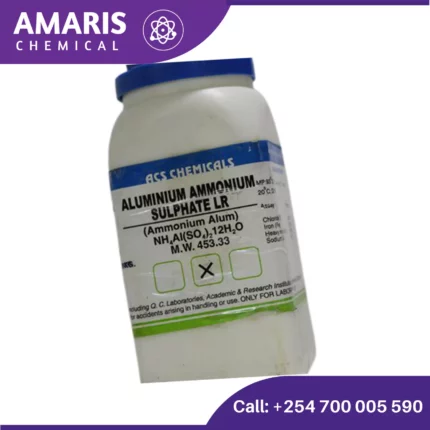
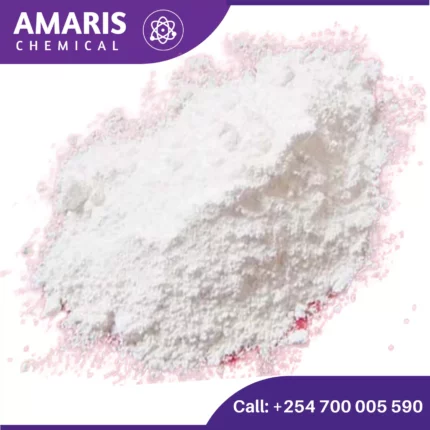


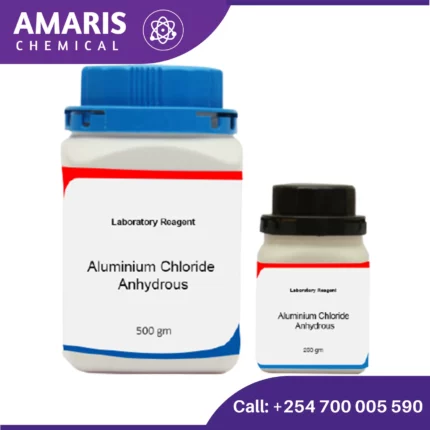

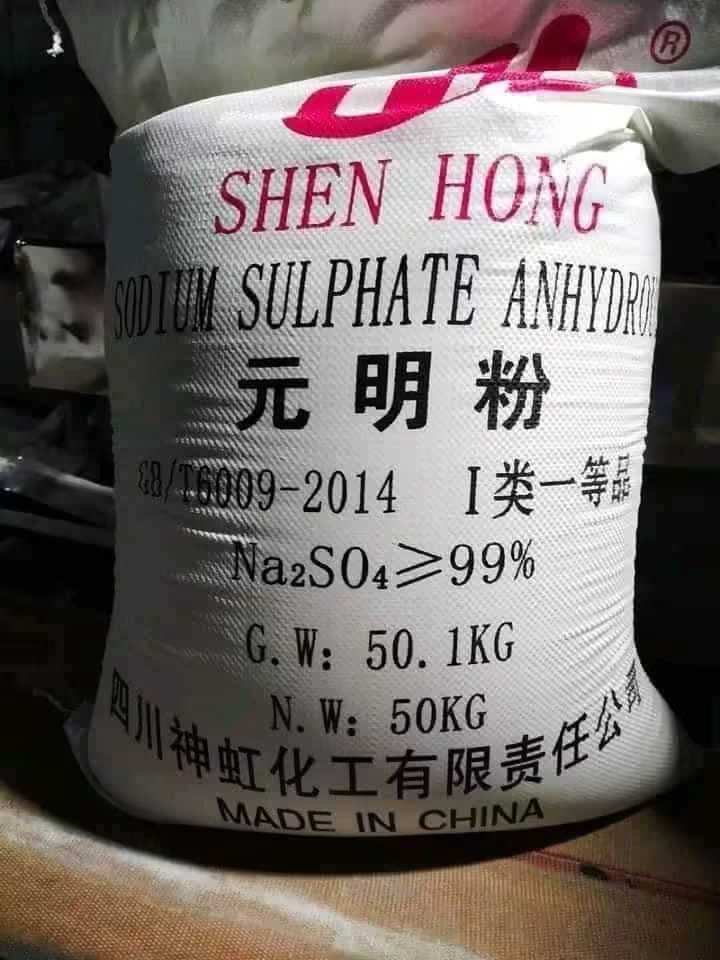













Reviews
There are no reviews yet.